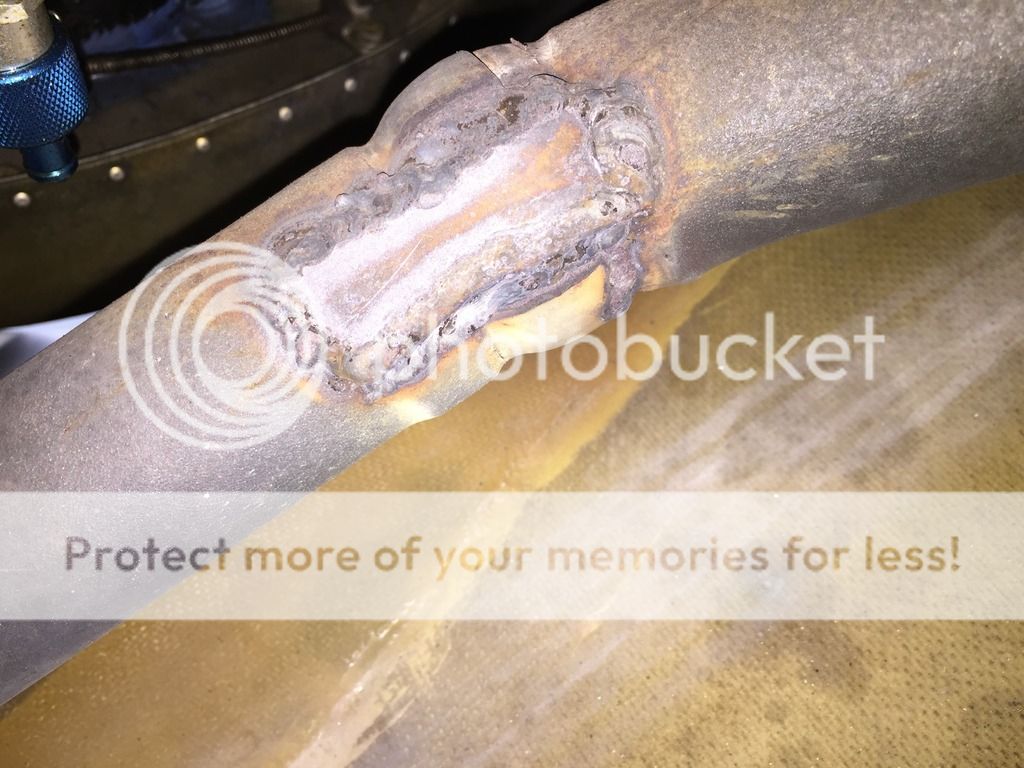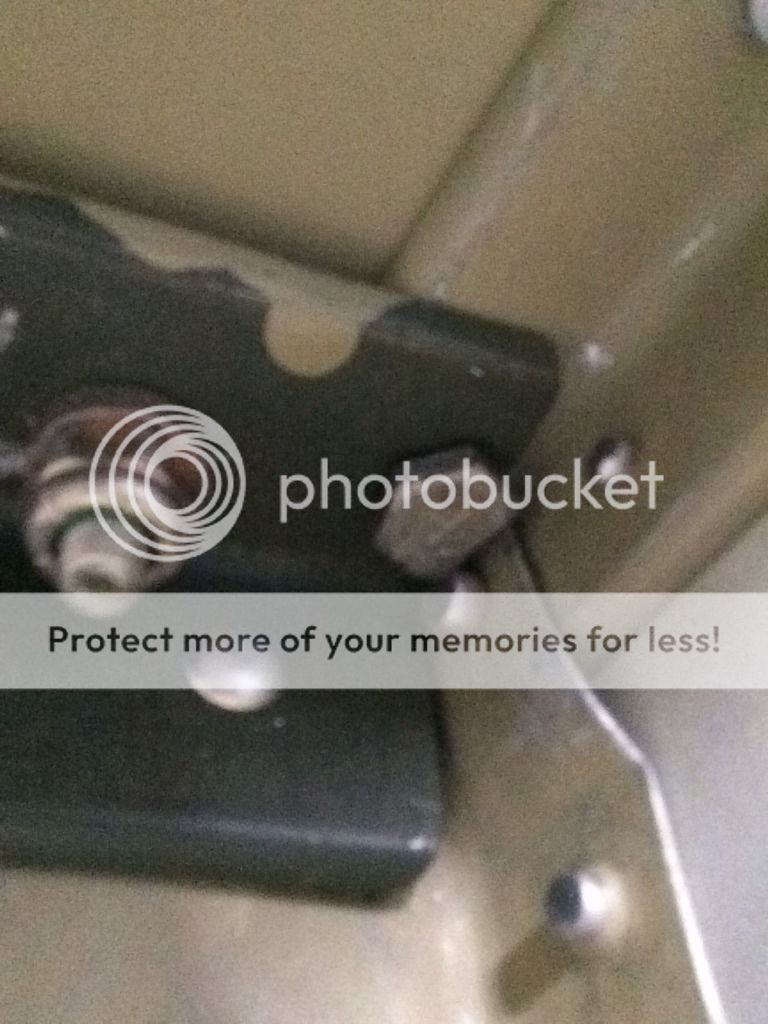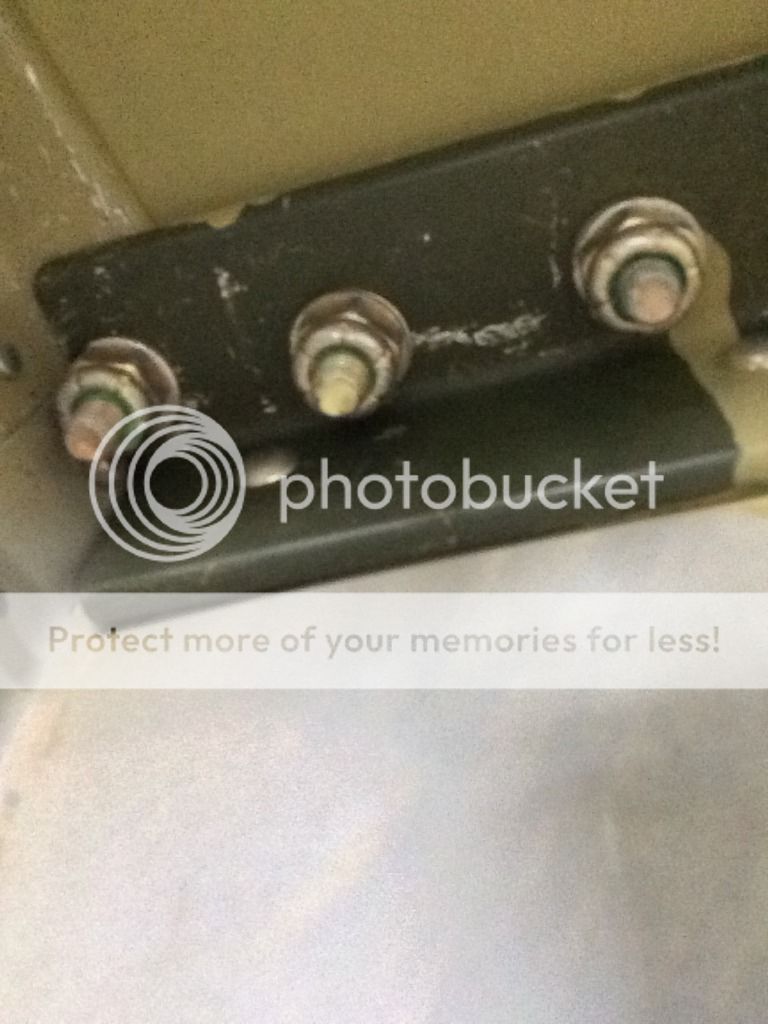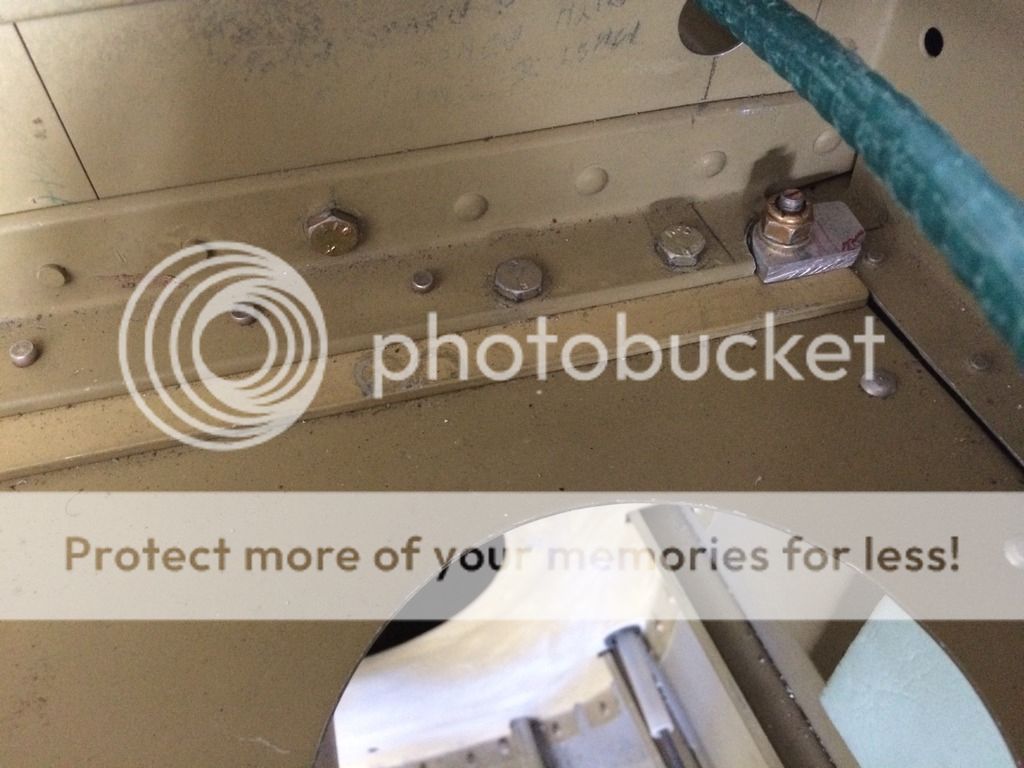Mehrdad, I have not run any full scale tests with that particular material. However, your question is timely.
I remember I had a small piece left over which I put a torch to and it did ignite and burn but not sure if that is an appropriate test using a torch.
So how can a builder, or an inspector doing a prebuy,
easily judge the suitability of a material they find attached to the cabin side of a firewall?
Remove a small sample. Grab your little propane torch. Apply a flame to the sample for a few seconds, and observe. Here's the simple, practical rule:
If you can make a small flame with a small heat source, you will get a large flame with a large heat source. If you get a little smoke with a small heat source, you will get a lot of smoke with a large heat source.
So how much is too much? You're looking for zero. At first that may seem like an excessive standard, but ask yourself how much open flame you want in the cockpit at 1000 feet, or 10,000. How much smoke, and if you ventilate, will you make the fire worse?
Any material marked "flame retardant", "flame resistant", "Meets FAR 25.853", or similar is suitable for cabin sidewalls, floors, and ceilings at some distance from the firewall, but they are not suitable for
contact with the firewall. Almost without exception, they will smoke and burn, some with significant ferocity, as long as they are in contact with the heat source. You have no control of the heat source in the case of an engine compartment fire. You can't just turn it off, or change its size.
You may be surprised to find that 25.853 materials are
legal when placed in contact with a certified GA firewall. The actual reference is
23.853(f). It's why advertisers can use the phrase "suitable for firewall" in literature and catalog listings. 23.853(f) runs entirely counter to another very sensible section, 23.1182. Go ahead, read 'em both.
Practically anything is legal with an EAB. In the EAB world we deal with practical reality. Let's try a thought exercise.
Should (or would ) a DAR approve an EAB with a sheet aluminum firewall? Would an A&P sign off a condition inspection if he found an aluminum firewall? What opinion would an inspector offer his client if he found an aluminum firewall during a prebuy?









